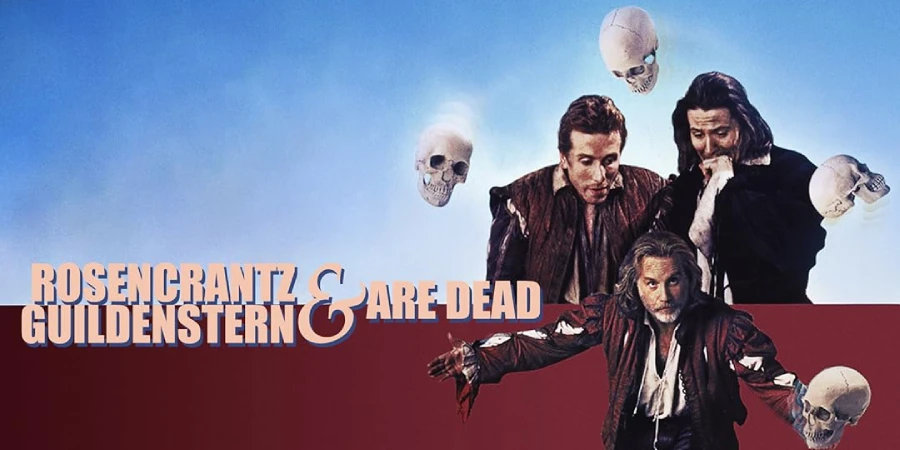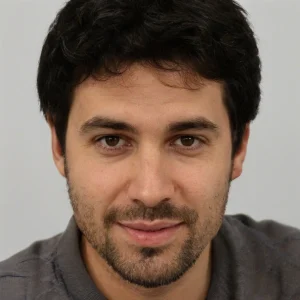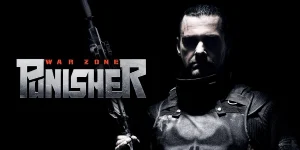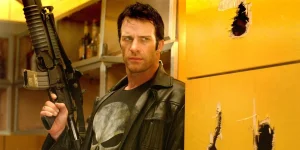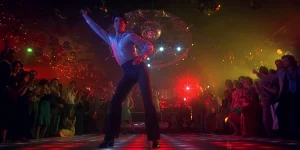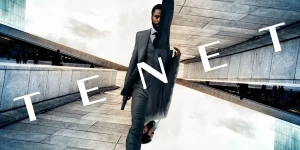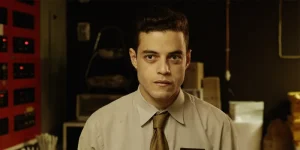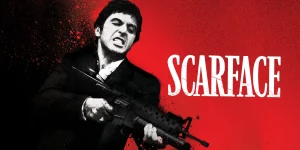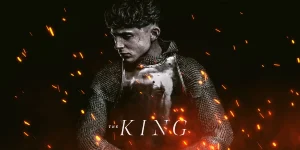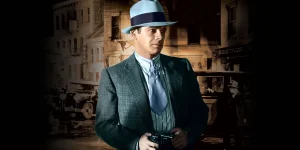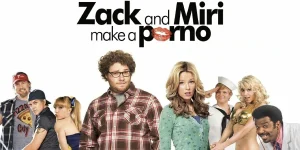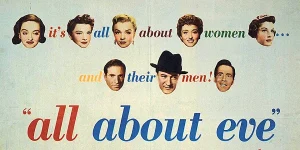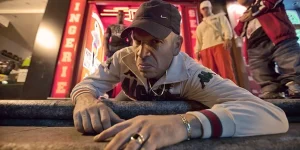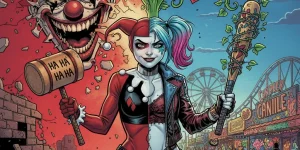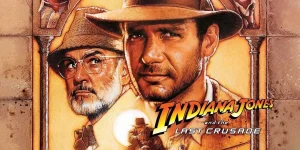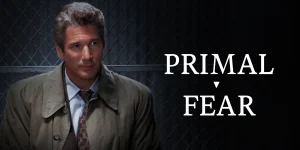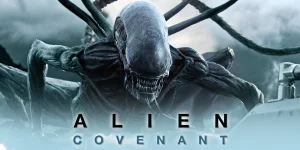Tom Stoppard’s Rosencrantz & Guildenstern Are Dead is a 1990 film adaptation of his own Tony Award-winning play. A darkly comedic, intellectual spin-off from Shakespeare’s Hamlet, it reimagines the classic tragedy from the perspective of two minor characters: Rosencrantz and Guildenstern. This film isn’t just a narrative inversion—it’s an existential meta-commentary about fate, free will, identity, and the absurdity of life itself.
Table of Contents
ToggleDetailed Summary
The Premise: Hamlet from the Sidelines
Rosencrantz and Guildenstern, two courtiers and childhood friends of Prince Hamlet, find themselves summoned to Elsinore Castle. They don’t know why they’re there, nor do they understand what’s going on. What they do know is that something is definitely amiss. The film opens with them traveling through the countryside, confused about how long they’ve been on the road and whether they’re even moving toward anything meaningful.
Stoppard quickly sets the tone: these are not active participants in a traditional narrative. Instead, they drift in and out of Hamlet’s story, rarely grasping the weight of the events unfolding around them. Their very existence seems subject to randomness—or maybe fate.
The Coin Toss and Philosophical Bickering
One of the film’s most iconic scenes happens early: Rosencrantz flips a coin that lands on heads—over and over again. This seemingly impossible sequence sets the stage for the film’s exploration of determinism and probability. Guildenstern begins to suspect something is deeply wrong with reality.
The two spend large parts of the film in philosophical banter—debating the laws of physics, the nature of death, the meaning of existence—all while wandering through the “wings” of Shakespeare’s play. They encounter actors from the Tragedians, a troupe of performers led by the flamboyant Player (played with magnetic energy by Richard Dreyfuss), who offers darkly prophetic insights into the roles we play in life and death.
Interludes with the Hamlet Plot
While the main events of Hamlet (the murder of King Hamlet, the madness of Prince Hamlet, the confrontation with Claudius, etc.) occur in the background or offstage, Rosencrantz and Guildenstern intermittently pop into those scenes. They’re given vague tasks—like spying on Hamlet and delivering a letter—but they rarely understand the significance of what they’re doing. Often, they misunderstand who’s in charge or even which one of them is Rosencrantz and which is Guildenstern.
The Boat Journey and Revelation
Eventually, they are sent to escort Hamlet to England with a sealed letter ordering Hamlet’s execution. Unbeknownst to them, Hamlet switches the letter, leading to a dramatic irony: Rosencrantz and Guildenstern are now carrying their own death warrants.
On the boat, their confusion turns to anxiety and existential dread. They try to make sense of the letter and why they were chosen for this task, all while suspecting that nothing they do will change their fate. The Player reappears, reinforcing the idea that they’re just actors in a prewritten drama—incapable of escaping their roles.
Movie Ending
The final act is somber, inevitable, and quietly devastating.
After the letter is discovered and its contents are revealed to be an execution order for Rosencrantz and Guildenstern, there’s a brief, almost delusional moment of hope where they consider resisting their fate. But it doesn’t last. Hamlet disappears (as per Shakespeare), and the English authorities arrive. The scene cuts away, leaving their deaths off-screen—but confirmed.
The final image is of the empty stage, the Tragedians tidying up after the “performance” of the story. A voiceover repeats the famous line from the original play:
“Rosencrantz and Guildenstern are dead.”
It’s a quiet, melancholic reminder of how small lives can be lost in the margins of history—and how meaning itself can be elusive.
Are There Post-Credits Scenes?
No, Rosencrantz & Guildenstern Are Dead does not have a post-credits scene. Once the credits roll, the story is over—fitting for a film so focused on inevitability and finality.
Type of Movie
This is a philosophical tragicomedy and absurdist metafiction, with elements of drama, satire, and existential farce. It’s deeply theatrical and cerebral, more akin to a stage play than a traditional Hollywood narrative.
Cast
- Gary Oldman as Rosencrantz
- Tim Roth as Guildenstern
- Richard Dreyfuss as The Player
- Iain Glen as Hamlet
- Donald Sumpter as Claudius
- Joanna Miles as Gertrude
- Ian Richardson as Polonius
Oldman and Roth are particularly memorable, delivering fast-paced, witty dialogue with chemistry that balances comedy and tragedy beautifully.
Film Music and Composer
The score was composed by Dominic Muldowney, known for his atmospheric, orchestral works. The music in this film is minimal but effective—often eerie or melancholy, reinforcing the surreal and reflective tone of the narrative.
Filming Locations
The film was primarily shot in Yugoslavia (now Croatia). The production used old European castles and crumbling architecture to evoke a timeless, surreal version of Elsinore. The bleak and moody sets heighten the film’s philosophical atmosphere and give a stark contrast to the characters’ verbal playfulness.
Awards and Nominations
- Golden Lion (Best Film) – Winner, Venice Film Festival (1990)
- Best Actor Nomination – Richard Dreyfuss (Venice Film Festival)
- The film has become a cult favorite among theatre enthusiasts and academics, but it received limited commercial attention upon release.
Behind the Scenes Insights
- This was Tom Stoppard’s directorial debut, and he adapted his own stage play for the screen.
- Stoppard originally wrote the play in the 1960s, and it became a defining work of postmodern theatre.
- Gary Oldman and Tim Roth had great difficulty keeping track of who was who during filming—intentionally mimicking the characters’ own confusion.
- Many of the shots were rehearsed like stage plays, with long takes and minimal cuts.
Inspirations and References
- William Shakespeare’s Hamlet – The film is a direct spinoff from this classic, with many lines and scenes lifted or mirrored.
- Samuel Beckett’s Waiting for Godot – The existential banter and absurdism are heavily inspired by Beckett.
- Theatre of the Absurd – The film embodies many elements of this genre, questioning meaning, identity, and language.
Alternate Endings and Deleted Scenes
There are no officially released alternate endings, though early script drafts reportedly had longer epilogues involving the Player delivering a final monologue. A few dialogue-heavy scenes were trimmed for pacing, especially during the boat sequence.
Book Adaptations and Differences
This film is based directly on Stoppard’s play of the same name. The major difference is visualization—on stage, much of the play’s surrealism is left to the audience’s imagination. In the film, these moments are realized with sets, props, and camera work that ground the philosophical elements in a tangible world. Some monologues are shortened or slightly reworded to better suit the screen format.
Memorable Scenes and Quotes
Key Scenes
- The infinite coin toss scene: a surreal and mathematical paradox.
- Rosencrantz and Guildenstern playing “questions only.”
- The Player rehearsing a death scene, then dying in front of them—only to stand up again.
- The discovery of the execution letter.
- The silent final scene of their fates being sealed off-screen.
Iconic Quotes
- “We’re actors—we’re the opposite of people!” – The Player
- “Death is… not. Death isn’t. You take my meaning? Death is the ultimate negative. Not-being.”
- “There must have been a moment, at the beginning, where we could have said—no. But somehow we missed it.”
- “We’re not finished. It’s only just beginning.”
Easter Eggs and Hidden Details
- The characters frequently mix up their own names, reinforcing the idea of interchangeable identity.
- The Player’s awareness of the narrative often breaks the fourth wall subtly.
- Background scenes from Hamlet are portrayed slightly differently from Shakespeare’s original—showing how unreliable narration works.
- Props and costumes reference the theater tradition more than the historical period.
Trivia
- Stoppard’s play won the Tony Award for Best Play in 1968.
- The film title is a direct quote from Hamlet, Act V, Scene 2.
- Oldman and Roth later became frequent collaborators in major films but never reprised their roles.
- The name confusion is a long-running joke: even the original play never clarifies who is who definitively.
- The role of The Player is considered one of the best in modern dramatic literature.
Why Watch?
Watch this film if you enjoy intellectual dialogue, existential humor, and plays that challenge the rules of narrative structure. It’s perfect for fans of Shakespeare, fans of philosophy, or anyone who enjoys clever, self-aware writing. It’s especially satisfying for viewers who like stories that ask big questions rather than answer them.
Director’s Other Works
While this was Tom Stoppard’s only major directorial work, he is best known as a screenwriter and playwright, including:
- Shakespeare in Love (1998) – co-writer
- Brazil (1985) – co-writer
- Anna Karenina (2012) – screenplay
- The Coast of Utopia (2002) – play
- Arcadia (1993) – play
Recommended Films for Fans
- The Seventh Seal (1957)
- Being John Malkovich (1999)
- Synecdoche, New York (2008)
- Monty Python’s The Meaning of Life (1983)
- The Man Who Fell to Earth (1976)
- Hamlet (1996)

